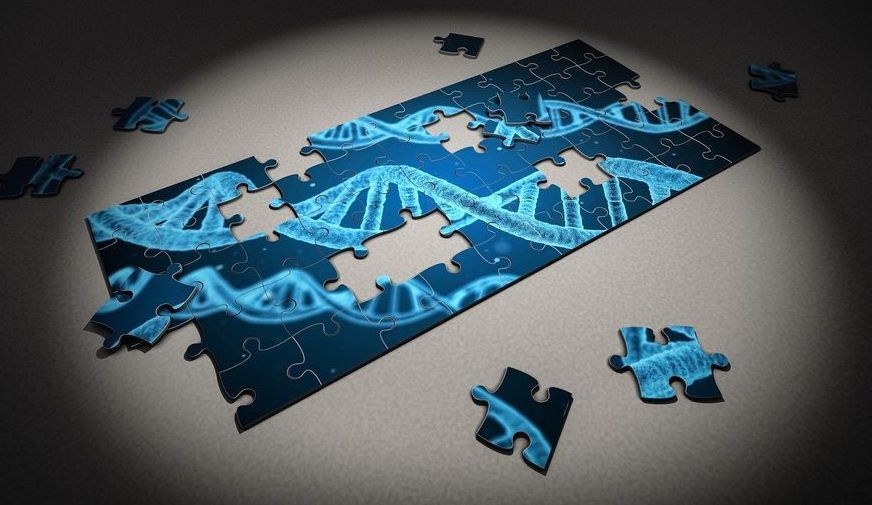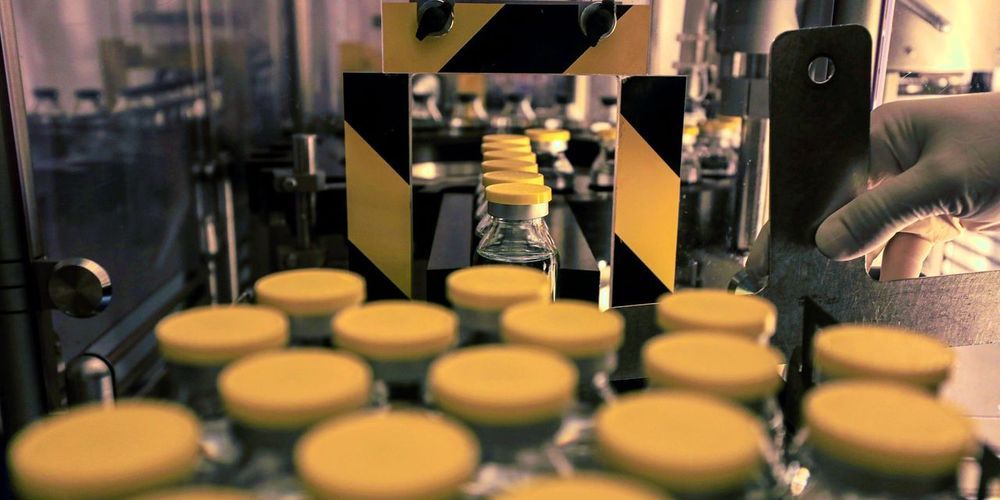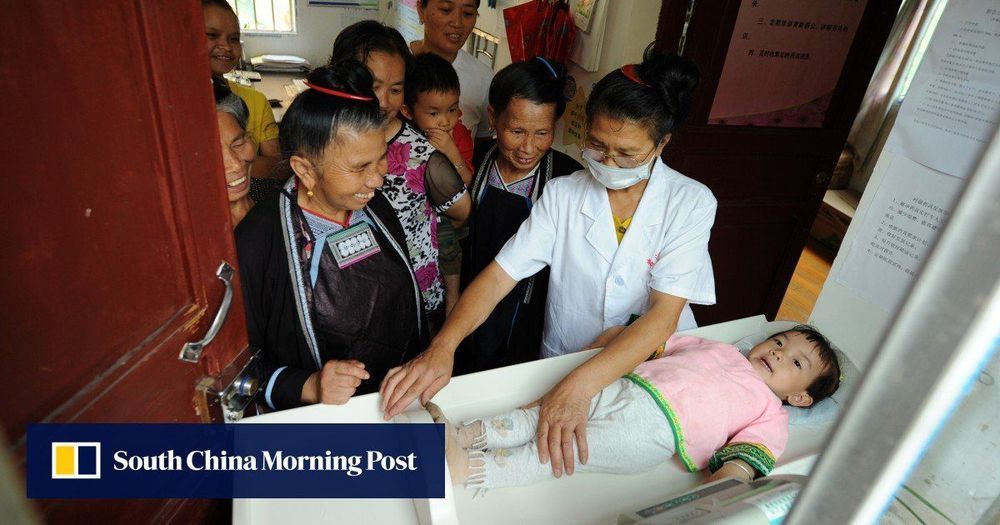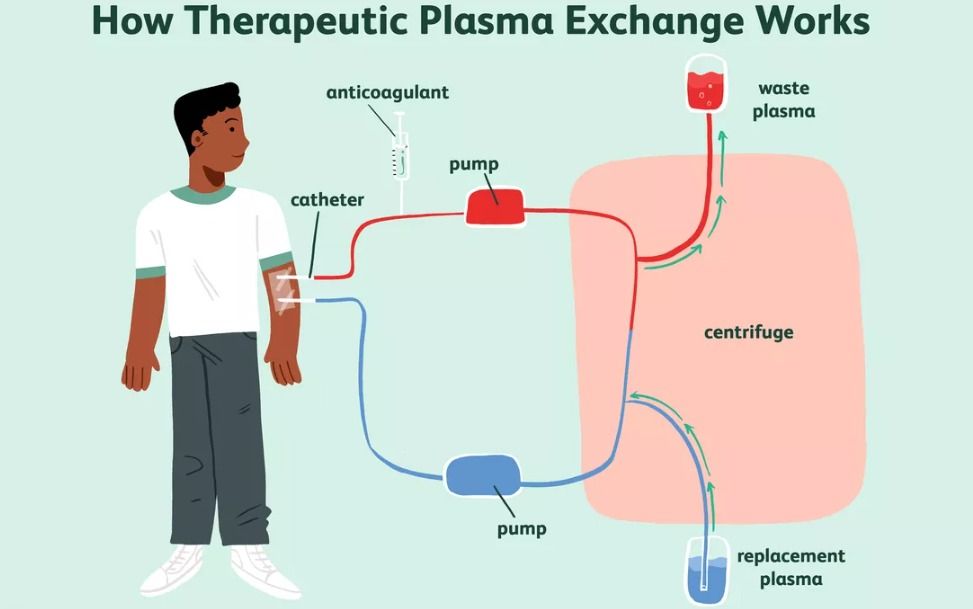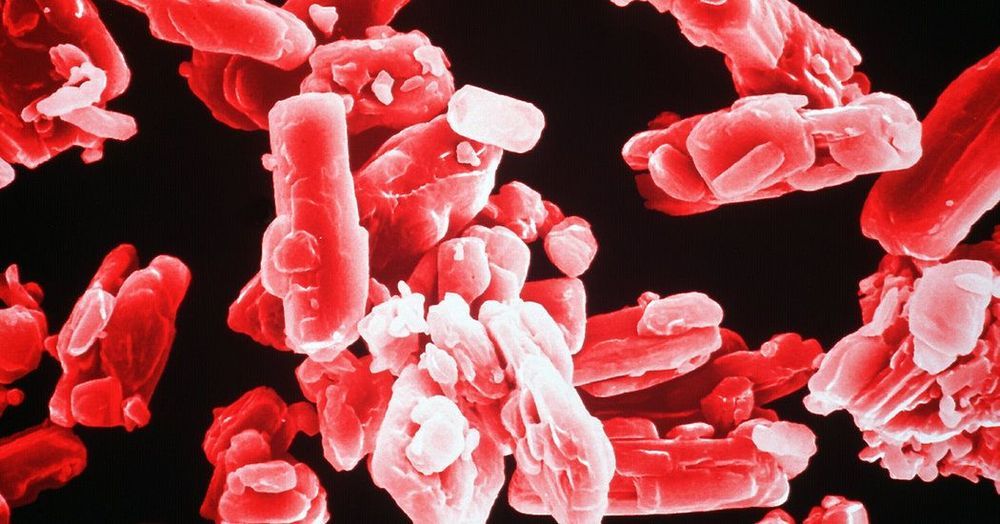Whole genome duplication followed by massive gene loss has shaped many genomes, including the human genome. Why some gene duplicates are retained while most perish has puzzled scientists for decades.
A study, published today in Science, has found that gene retention depends on the degree of “functional and structural entanglement”, which measures interdependency between gene structure and function. In other words, while most duplicates either become obsolete or they evolve new roles, some are retained forever because, evolutionarily speaking, they’re simply stuck.
“When we scan genomes there are some gene pairs that remain from whole genome duplication events that occurred millions of years ago,” says Elena Kuzmin, a co-lead author of the study and former graduate student who trained with Charles Boone, professor of molecular genetics in the Donnelly Centre for Cellular and Biomolecular Research, at the University of Toronto, who co-led the study.
